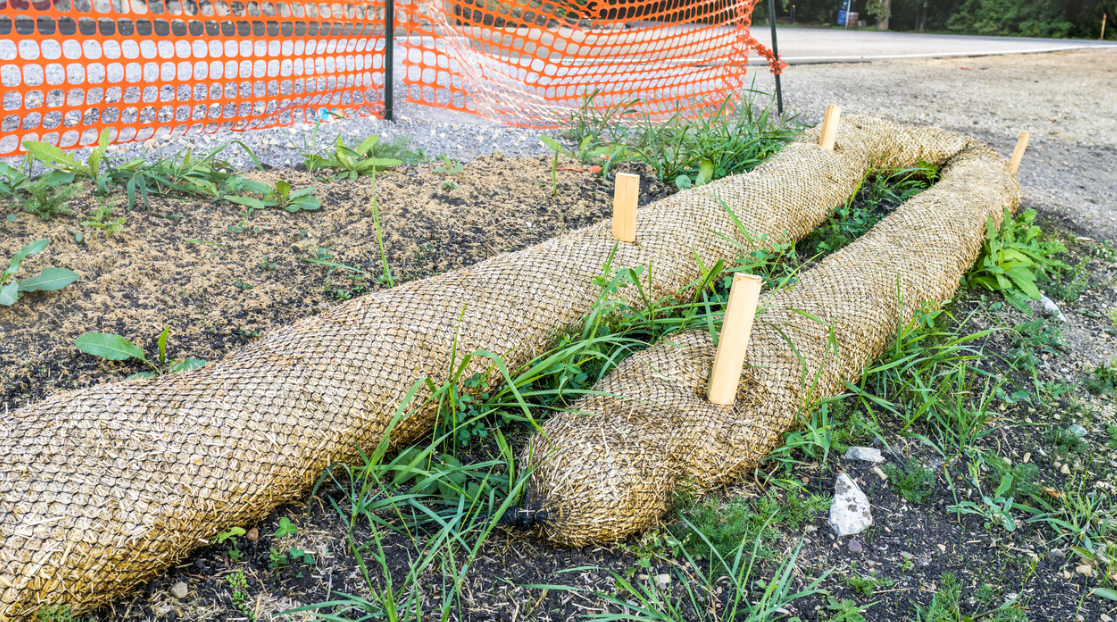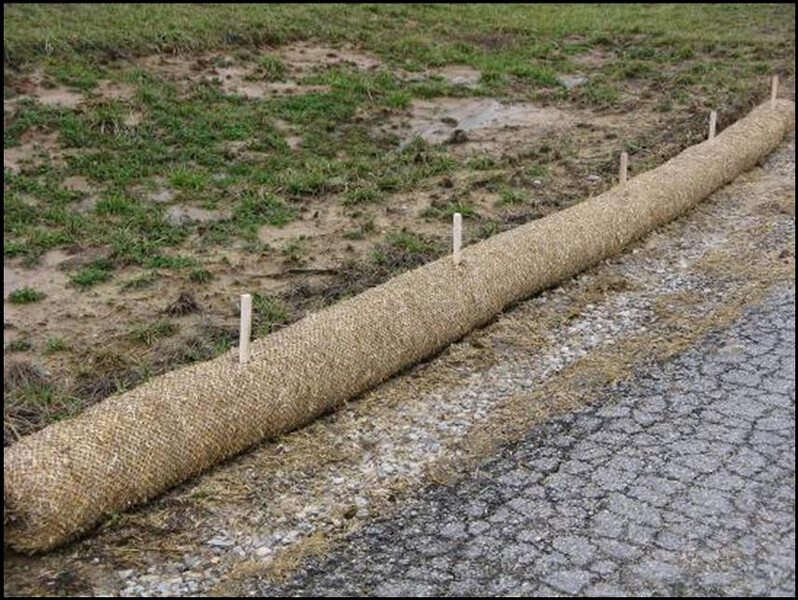Hydroseeding Solutions: A Greener Approach to Land Management
Wiki Article
Effective Erosion Control Techniques for Lasting Land Administration
Are you looking for ways to efficiently manage erosion on your land? Discover the different kinds of disintegration and their effect on your land, as well as all-natural methods to control erosion. Discover exactly how to carry out reliable erosion control procedures and guarantee appropriate surveillance and maintenance.Value of Disintegration Control in Lasting Land Management
Due to the fact that it helps stop dirt degradation and loss,Erosion control is important for sustainable land management. By executing effective disintegration control techniques, you can make sure the lasting wellness and productivity of your land. Without proper disintegration control steps, dirt disintegration can happen, causing the loss of beneficial topsoil that is rich in nutrients essential for plant growth.One of the primary factors erosion control is crucial is due to the fact that it helps to maintain dirt fertility. In addition, erosion can lead to sedimentation in nearby water bodies, which can negatively impact marine communities.
An additional secret benefit of disintegration control is the avoidance of land destruction. By applying disintegration control techniques such as terracing, contour plowing, and the use of cover plants, you can assist stop land deterioration and preserve the health of your land.

Kinds Of Disintegration and Their Effect On Land
Comprehending the various kinds of erosion and exactly how they affect the land can assist you execute much better land management practices. Erosion is the process whereby dirt, rocks, and various other products are progressively deteriorated and delivered by all-natural pressures such as ice, wind, and water. There are four major kinds of disintegration: sheet erosion, rill erosion, gully erosion, and mass activity erosion.When a thin layer of soil is gotten rid of evenly from the surface area of the land,Sheet disintegration happens. This kind of erosion is commonly brought on by heavy rainfall or improper land management techniques such as overgrazing or logging. Rill erosion, on the other hand, occurs when tiny networks or rivulets are formed on the land due to the flow of water. This can happen on high inclines or areas with compressed dirt.
Gully disintegration is more serious and takes place when larger gullies or channels are developed due to the constant circulation of water. Mass motion erosion refers to the motion of huge amounts of soil and rocks downhill due to the pressure of gravity.
Comprehending these various sorts of erosion and their effect on the land is critical for efficient land management. By carrying out disintegration control strategies such as terracing, contour plowing, and reforestation, you can lessen erosion and preserve the integrity of the land. In addition, exercising excellent land management approaches like appropriate plant turning, preserving ground cover, and utilizing debris control procedures can further assist in stopping disintegration.
All-natural Disintegration Control Approaches for Sustainable Land Management
By carrying out all-natural disintegration control techniques, you can efficiently take care of and maintain the honesty of your land. One efficient technique is the use of greenery, such as lawns and plants, to support soil and avoid erosion. Growing native varieties can help increase root thickness and bind the soil with each other, reducing the threat of erosion brought on by heavy rains or wind (Memphis Erosion Control Solutions hydroseeding). Additionally, mulching is one more natural strategy that can assist manage erosion. By applying a layer of natural mulch, such as timber chips or straw, you can shield the dirt from the effect of raindrops, decreasing dirt compaction and overflow. Another all-natural disintegration control method is contouring the land. By developing contour lines or terraces on inclines, you can decrease the flow of water and enable it to penetrate the soil, reducing erosion. In locations where erosion is a significant issue, mounting erosion control coverings or mats can be beneficial. These floor coverings are constructed from biodegradable materials and assist maintain the soil up until vegetation is established. On the whole, by making use of these all-natural erosion control techniques, you can efficiently take care of and secure your land from disintegration, ensuring its long-term sustainability.Applying Effective Erosion Control Steps

One such technique is the usage of disintegration control coverings. Furthermore, planting vegetation is an important step in disintegration control. By carrying out these verified erosion control approaches, you can properly safeguard your land and minimize the danger of disintegration and its harmful effects.
Monitoring and Maintenance of Disintegration Control Methods
When monitoring and keeping disintegration control actions, it is very important to consistently examine the disintegration control blankets, terraces, plants, and sediment control actions to ensure they are working appropriately and effectively protecting against erosion (silt fences). By conducting normal evaluations, you can recognize any problems or deficiencies in the disintegration control strategies and take required actions to rectify them
Start by checking the disintegration control blankets. See to it they are securely anchored and cover the designated areas without any kind of gaps. Try to find indicators of damage or wear, such as rips or subjected dirt. Change or fix any broken coverings quickly to keep their effectiveness.
Next, inspect the terraces. Examine for indications of disintegration, such as sediment accumulation or unequal surface areas. Make certain that the balconies are correctly created and preserved to draw away water circulation and minimize erosion. Clear any type of collected Memphis Erosion Control Solutions Memphis TN debris to keep their capability.
Review the greenery in the disintegration control location. Proper plant life protection helps avoid and support the dirt disintegration.
Finally, inspect the sediment control steps, such as sediment basins or sediment fencings. See to it they are effectively mounted and operating as meant. Remove any gathered debris and ensure that the controls are appropriately maintained.
Normal monitoring and maintenance of erosion control actions are important for their long-term performance in stopping erosion and keeping lasting land administration methods.
Final Thought
In conclusion, you must prioritize erosion control for sustainable land monitoring. By comprehending the different kinds of disintegration and their influence on the land, you can apply efficient all-natural disintegration control techniques. It is essential to routinely monitor and maintain these methods to ensure their lasting performance. By acting and carrying out these actions, you can aid safeguard the land from disintegration and advertise lasting land management methods. So, do not be reluctant to make erosion control a top priority for a much healthier and more lasting future.Discover the different kinds of disintegration and their impact on your land, as well as natural techniques to control erosion. There are 4 primary types of disintegration: sheet erosion, rill erosion, gully disintegration, and mass motion erosion.
By applying erosion control methods such as terracing, shape plowing, and reforestation, you can lessen erosion and preserve the honesty of the land (erosion control). Overall, by using these natural erosion control methods, you can efficiently take care of and safeguard your land from disintegration, guaranteeing its long-term sustainability
By understanding the different kinds of disintegration and their influence on the land, you can implement efficient natural erosion control methods.
Report this wiki page